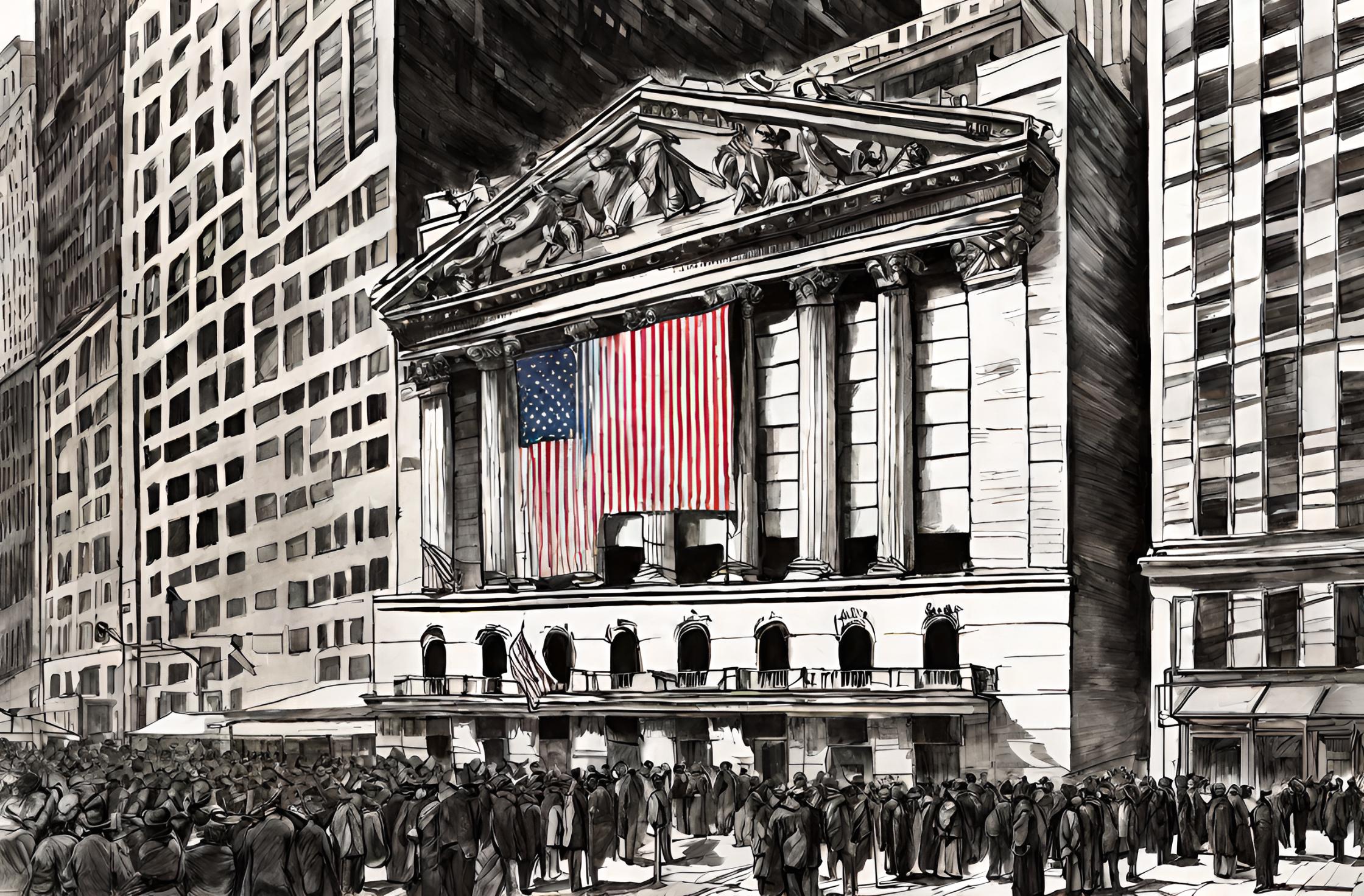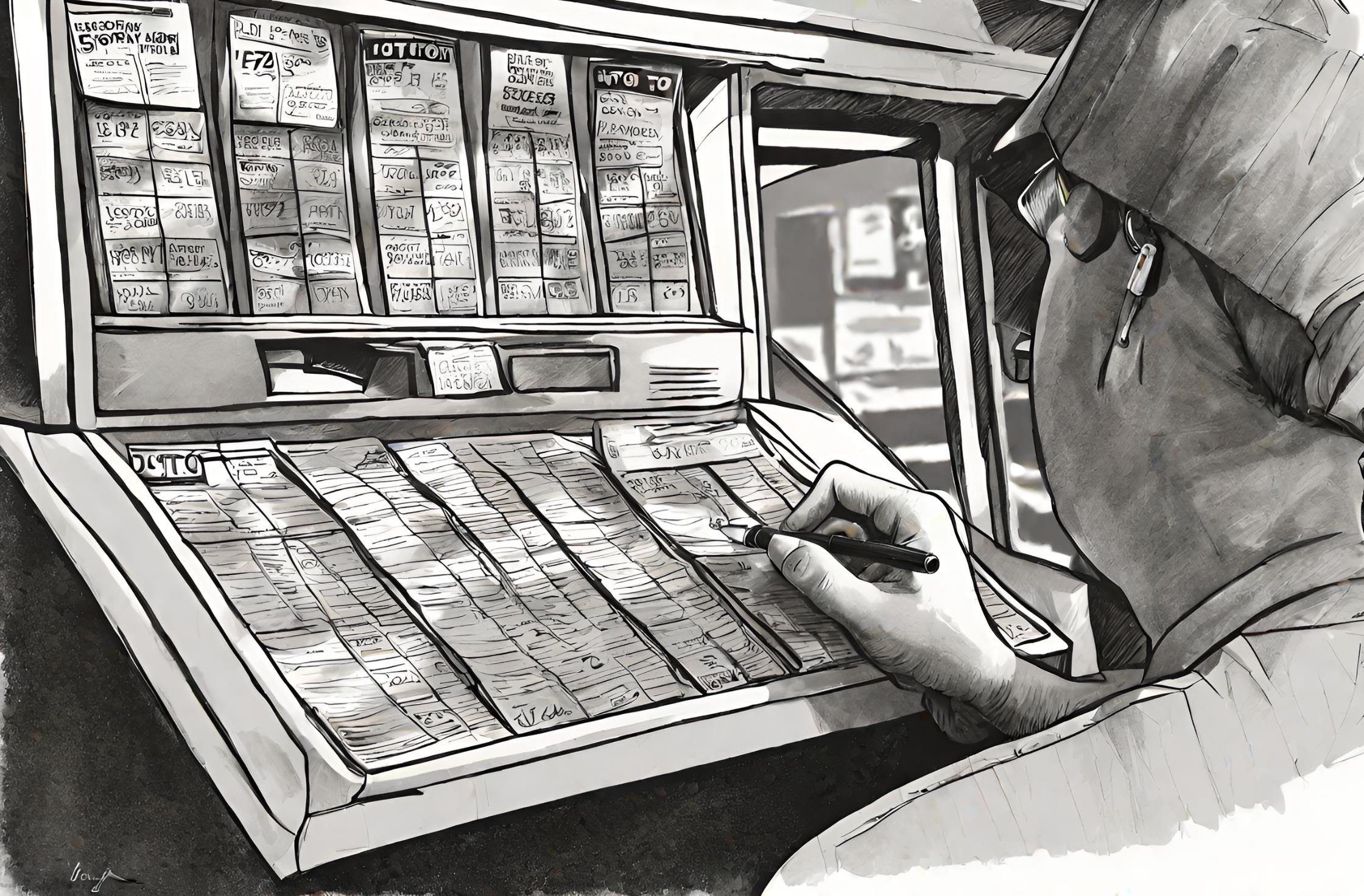Flashback to April 15
American History

On May 5, 1893, the United States experienced one of the most significant financial crises in its history. Known as the Panic of 1893, this event sent shockwaves through the economy, resulting in severe consequences for businesses and individuals alike. In this article, we will explore the causes and impacts of the Panic of 1893 on the New York Stock Exchange and the wider American economy.
The roots of the Panic of 1893 can be traced back to the economic boom of the late 1880s. During this period, the stock market experienced substantial growth, fueled by speculation and excessive borrowing. Practices such as buying stocks on margin and issuing inflated stocks led to an artificial increase in stock prices.
However, the bubble eventually burst, leading to a series of bank failures and bankruptcies. The panic can be attributed to several factors, including the failure of the Philadelphia and Reading Railroad, one of the largest corporations at the time. Investors who had heavily invested in the railroad company faced substantial losses, triggering a chain reaction across the market.
The New York Stock Exchange, being the main financial hub of the country, felt the immediate consequences of the Panic of 1893. On May 5, 1893, the market experienced a massive crash, with stock prices plummeting at an alarming rate. This turmoil caused panic among investors, leading to a rush of selling stocks and an overall decline in investor confidence.
As the panic intensified, many businesses struggled to survive. Numerous companies were forced to close their doors, resulting in widespread unemployment and economic hardship. Bank runs became commonplace, as individuals rushed to withdraw their savings, fearing the collapse of financial institutions.
The Panic of 1893 had a profound impact on the American economy, leading to a severe and prolonged depression. The crisis adversely affected various sectors, including agriculture, manufacturing, and construction. Farmers faced falling crop prices, while manufacturers saw a decline in demand for their products. Unemployment soared, and wages plummeted, further exacerbating the economic downturn.
In response to the crisis, the government implemented various measures to mitigate the effects of the panic. President Grover Cleveland introduced the Sherman Silver Purchase Act, which aimed to boost the economy by increasing the demand for silver. Additionally, the government provided support to struggling banks, attempting to restore confidence and stability in the financial sector.
Despite these efforts, the recovery from the Panic of 1893 was slow and painful. It took several years for the economy to regain its footing and for investor confidence to be restored. The crisis served as a stark reminder of the dangers of speculation and excessive borrowing, leading to increased scrutiny and regulation in the financial industry.
We strive for accuracy. If you see something that doesn't look right, click here to contact us!
Sponsored Content

Largest lottery win to…
On April 15, 1989,…

